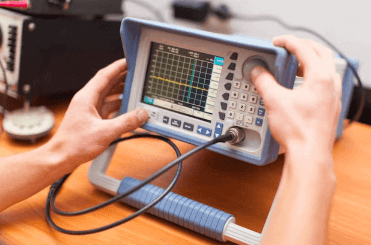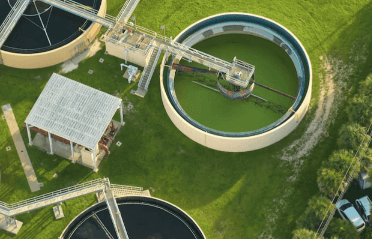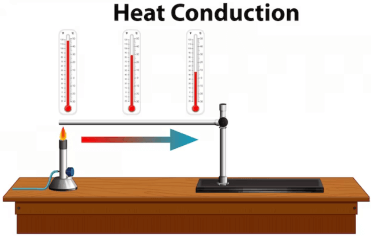Question
a.
equal to the velocity of sound
b.
less than the velocity of sound
c.
more than the velocity of sound
d.
none of these
Posted under Mechanical Engineering
Interact with the Community - Share Your Thoughts
Uncertain About the Answer? Seek Clarification Here.
Understand the Explanation? Include it Here.
Q. The critical pressure gives the velocity of steam at the throat
Similar Questions
Explore Relevant Multiple Choice Questions (MCQs)
Q. The Parsons' reaction turbine has
View solution
Q. The action of steam in a steam turbine is
View solution
Q. The blade velocity coefficient is ratio of relative velocity of steam at outlet tip of the blade to the relative velocity of steam at inlet tip of the blade.
View solution
Q. Multi-stage steam turbines are of the
View solution
Q. In reaction turbines, the axial thrust is due to
View solution
Q. Which of the following statement is correct?
View solution
Q. A binary vapour plant consists of
View solution
Q. In a De-Laval nozzle expanding superheated steam from 10 bar to 0.1 bar, the pressure at the minimum cross-section (i. e. pressure at throat, p2) will be
View solution
Q. The reheat factor depends upon
View solution
Q. In an impulse turbine
View solution
Q. A nozzle is said to be a divergent nozzle
View solution
Q. The ratio of the cumulative heat drop to the isentropic heat drop is called reheat factor.
View solution
Q. The compounding of turbines is done in order to
View solution
Q. The ratio of the isentropic heat drop to the heat supplied, is called
View solution
Q. When the cross-section of a nozzle first increases from its entrance to throat, and then decreases from its throat to exit, it is not a convergent-divergent nozzle.
View solution
Q. The efficiency ratio is the ratio of total useful heat drop to the total isentropic heat drop.
View solution
Q. The purpose of governing in steam turbines is to
View solution
Q. De-Laval turbines are mostly used
View solution
Q. The velocity of steam, in reaction turbines, is increased in the fixed blades as well as in moving blades.
View solution
Q. The critical pressure ratio for gases is
View solution
Recommended Subjects
Are you eager to expand your knowledge beyond Mechanical Engineering? We've handpicked a range of related categories that you might find intriguing.
Click on the categories below to discover a wealth of MCQs and enrich your understanding of various subjects. Happy exploring!








